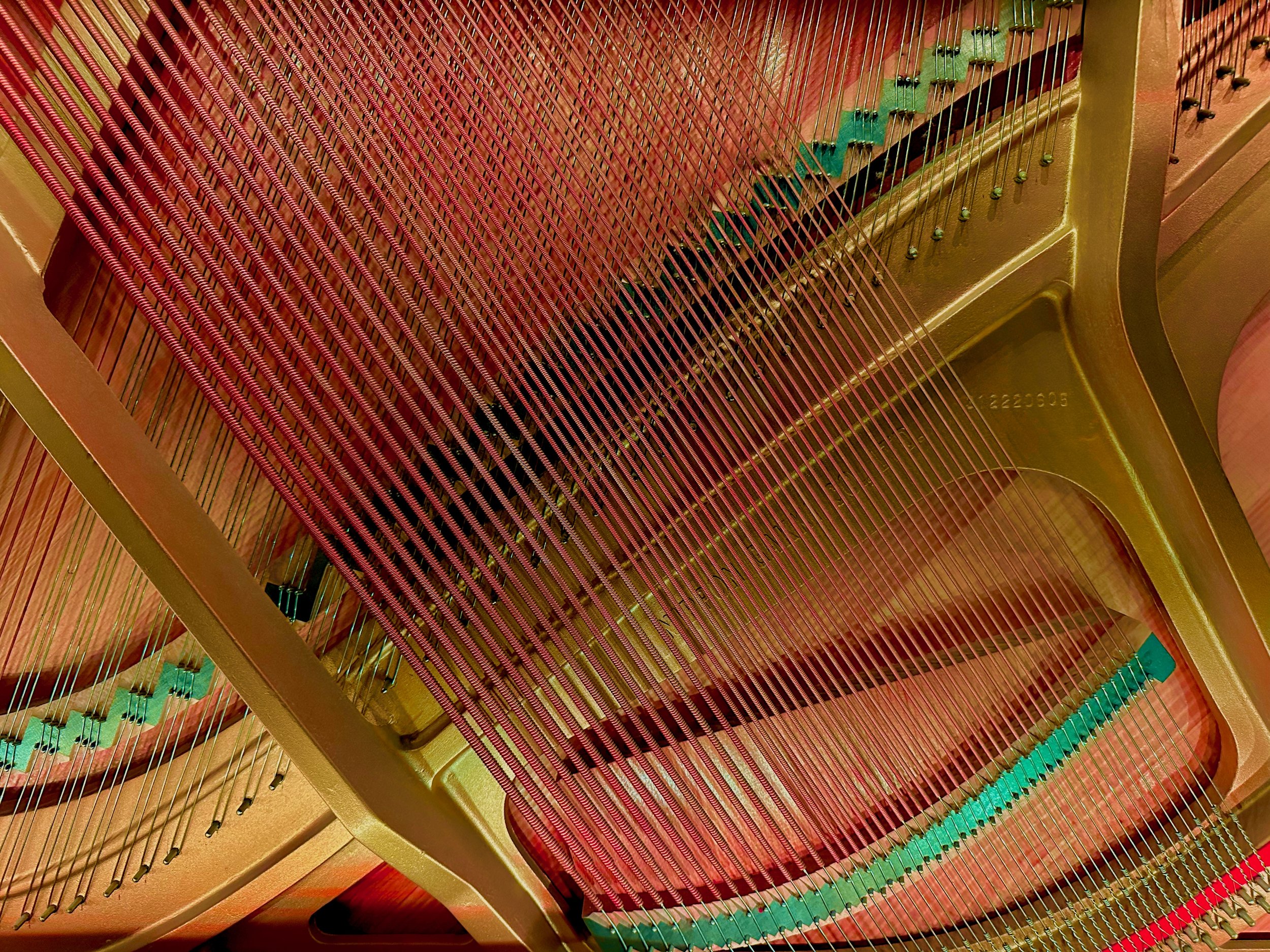
l ‘ abîme
Piece Information
Instrumentation: flute, clarinet, horn, trumpet, perc, piano, violin, cello, playback
Duration: ~29 minutes
Date: © 2019
Commissioned by:
Program note:
It’s difficult to say where and when the idea for L’Abîme originated. To put it simply, it is a piece that portrays the sense of danger brought on by our world’s inevitably rising sea levels. The title, meaning “the abyss”, is a nod to Debussy’s La Mer, which if you know that piece, you’ll see has an immense influence on almost every aspect of this work. I first decided to depitct the ocean after encountering the work of Winslow Homer, an influential American painter and fellow New Englander.
L’Abîme is partly inspired by 3 Paintings by Winslow Homer | from left to right: Northeaster, Cannon Rock, Maine Coast
l’Abîme uses three paintings of his, Northeaster, Cannon Rock, and Maine Coast to inform the atmosphere and structure of each movement. As the music progresses, it is gradually engulfed by material from Debussy’s La Mer. What begins as an apparent influence, with Debussy’s tunes, harmonies, and pentatonic language bleeding into my own, grows more intense across the piece into something that overwhelms the content native to L’Abîme. By the second movement the music begins pivoting back and forth without preparation into direct quotes of Debussy’s work, gradually doing so with greater frequency. In the finale, pre-recorded excerpts crash in on top of the ensemble. The music piles up on itself to create an ever heightening wave of sound. The piece ends at the crest of this sonic wave, with its catastrophic effects yet to be decided.


